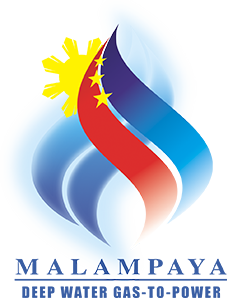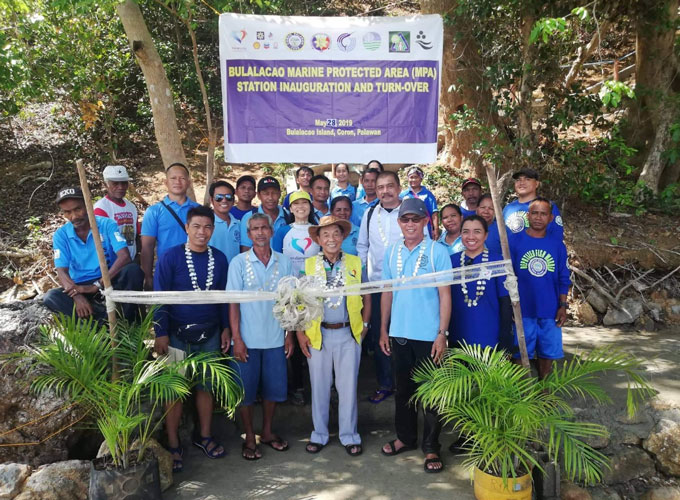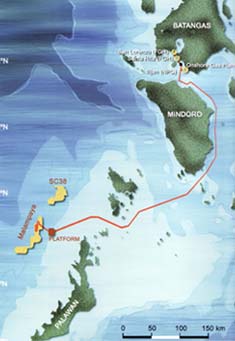The Palawan government has named the Bulalacao marine protected area (MPA) in Coron as the province’s Best Community-Managed MPA for actively helping the coastal and marine ecosystems in the area recover and regenerate.
“When we first mapped and surveyed Bulalacao back in 2012, the surrounding ocean was in a horrible state, with reefs and the fishing grounds heavily damaged from decades of dynamite and other unsustainable fishing methods. You would hardly see any fish, any marine life, that time. Now, through the collaborative effort of all stakeholders, we have observed a 100-fold increase in fish abundance, along with the return of long-absent endangered species like the napoleon wrasse,” said Malampaya Foundation Executive Director Karen Agabin.
Malampaya Foundation, which assisted the community in the Bulalacao MPA’s creation and management, attributes the award to its “collaborative partnership” with the Bulalacao indigenous peoples group, the Coron local government, the National Commission on Indigenous Peoples (NICP), the Bureau of Fisheries and Aquatic Resources (BFAR), the Philippine Coast Guard, the Department of Environment and Natural Resources, the Department of Energy, and the Philippine National Police-Maritime. The Bulalacao MPA received the recognition at the PEARL (Palawan MPAs Empowered through Awards and Recognition to Enrich Marine Life) Awards on December 10, 2020.
Established in 2014, the 3,297-hectare MPA has two strict protection zones and two sustainable use zones. Agabin said the establishment and launch of Bulalacao MPA is a culmination of about two years of social preparation, collaboration, and cooperation between the barangay and Tagbanua leaders, community members, the Coron municipal government, NICP, BFAR, the Palawan Council for Sustainable Development, and the Malampaya Foundation.
“In the next few years, what we hope to see is continuous coral regeneration. A large component of that is addressing the coastal communities, making them our partners, and getting their leaders to contribute in the overall marine conservation effort. And with the active participation of all stakeholders, we are very optimistic to see a sustainable development in coral regeneration,” Agabin said.
Last October 2019, tourism establishments around Bulalacao signed a partnership agreement, vowing to help protect the site’s biodiversity with strengthened protection and enforcement. To regularly monitor the site, a local diver also conducts regular reef monitoring and assists Malampaya Foundation project managers and marine biologists in their twice-a-year assessments when needed.
Capacity-building and support for social enterprise is also big on the Malampaya Foundation’s agenda. In Bulalacao, enviro-farming seminars have enabled several families, including members of the indigenous Tagbanua tribe, to augment their incomes by raising and selling hogs organically.
“Now, we are in the process of helping them expand the Bulalacao MPA. After a few years, when the community realized and saw the benefits of a properly and effectively managed MPA, they initiated to expand the MPA. We have done an initial mapping and now we are undergoing another social and legal process. To have MPA supported by legislation through ordinances, there will be a series of consultations and consents from various stakeholders. We are hopeful that we will have it expanded by next year,” said Agabin.
As of 2019, Malampaya Foundation’s marine conservation program area spans 329,627 hectares under 31 conservation agreements with 30 barangays and 14 municipalities. Several of its MPAs are used as models by other municipalities in the Philippines aiming to improve coastal and marine conservation efforts in their areas.






